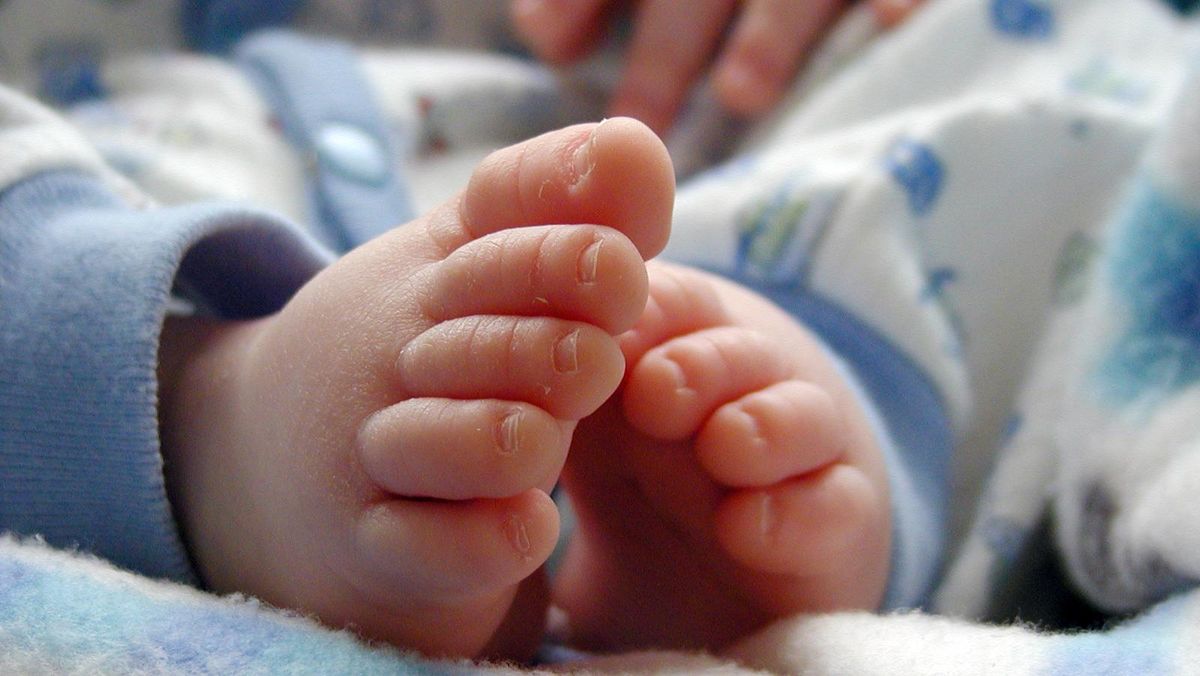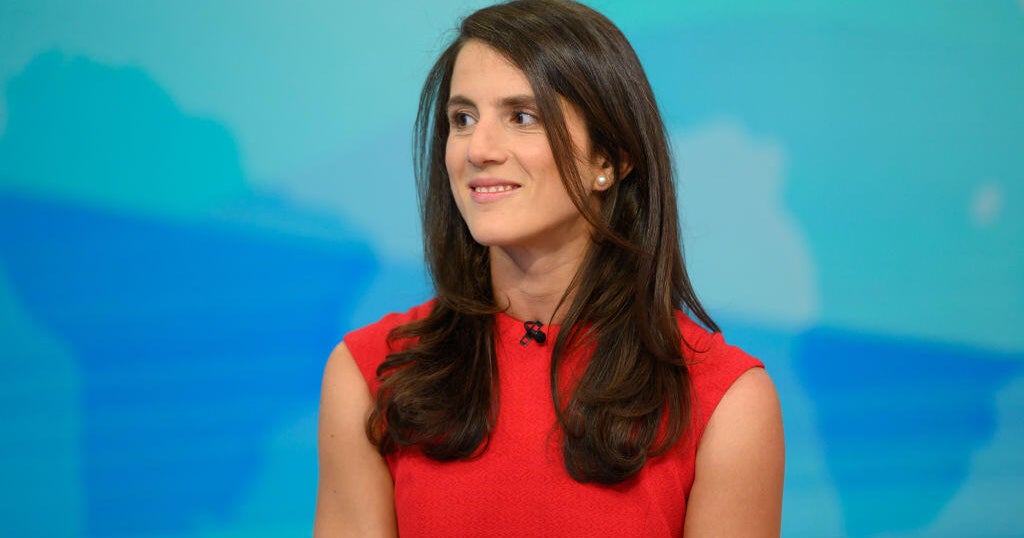When Alan Smith and Adam Foulkes sat down with Telstra’s creative team +61 and advertising agency Bear Meets Eagle On Fire, the Oscar-nominated directors were handed a commercial project with a “very open brief”.
Among other controversies – some yet to emerge – Australia’s largest telco had just started paying $24 million in penalties and refunds after it was found to have wrongly charged customers for the third time in three years.
Smith & Foulkes’ job was to deliver, with London-based production house Riff Raff Films, a distinctive advertisement that would alert Australia to Telstra’s refreshed brand ethos.
“The whole idea was that wherever our main character went, he went with ease, knowing he was in step with his duet partner (Telstra),” says Bear Meets Eagle On Fire founder Micah Walker.
Seven months later, Smith & Foulkes presented their client with what would, less than a year on from its premiere, be publicly voted in July as Australia’s most unforgettable advert. And most hated.

Telstra’s ‘Wherever We Go’ campaign was launched with an ad called ‘Duet’, created by Oscar-nominated duo Smith & Foulkes with Telstra’s creative agency +61 and advertising agency Bear Meets Eagle On Fire. It’s taken on a life of its own.Credit: Aresna Villanueva
As put by one punter on YouTube: “My stepbrother was lying dead next to a footy stadium at half-time. This ad came on, and he woke from the dead just to run for the lives of his ears!“
“People engage in their own way, and we welcome that,” says Telstra’s chief marketing officer Brent Smart. “We’ve seen fans have different reactions based on whether their team is up or down. At the end of the day if people are having a bit of fun with it, we’re OK with that.”
Loading
Adverts drawing the ire of the masses is not unusual; just look at Sydney Sweeney’s recent “Great Jeans” campaign for American Eagle, which has devolved to accusations of the label “leaning into eugenics”. Telstra’s Duet, however, is a whimsical, visually spectacular journey through mystical forests, caves, the outback and beyond, set to the Bee Gees/Kenny Rogers/Dolly Parton’s mollifying Islands in the Stream. What could possibly be controversial about that?
Look to when it’s broadcast, some sports fans argue, and consider how you would feel if your NRL or AFL team was being walloped, only for seemingly every commercial break to open with the smug whistle and leisurely stroll of someone completely unbothered. Plato and Aristotle may have conceptualised associationism, but you don’t need to be a legendary philosopher to put two and two together.
Dragons winger Sione Finau, for example, niggled disgruntled Roosters fans by celebrating back-to-back tries on July 12 with an imitation of the signature walk of Duet’s main character, Mick. Finau’s cheeky nod – preceded by a TikTok video from the post-Lachlan Galvin Bulldogs – is only one recreation that represents how the advert has taken on a life of its own (a joke Telstra tried to get in on during the State of Origin decider).
Forty-nine per cent of respondents surveyed by market researcher Cubery may have said they hated the advert, but 51 per cent said they loved it, and the division has actually united social media users who love to make fun of it (TikTok user @th0td0g recreated Mick’s walk in the Korean Demilitarised Zone, located on the border of North and South Korea).
When asked by this masthead if the production team knew Mick’s walk would capture the country’s hearts and minds, Walker is clear.
“Honestly no,” says Walker. “We would’ve, maybe, imagined the whistle could become a thing, but it’s fun to see the way our audience has picked up on details and played with them in their own way.”
Smith & Foulkes, whose short film This Way Up was nominated for the 2009 Academy Awards, had been given a script with two certainties: a man would be whistling Islands in the Stream, and he would be doing so while strolling through “vast Aussie vistas”.
Loading
“From the beginning, we knew we wanted our character to have a super laid-back walk … with nothing ever really breaking his stride,” says Foulkes.
He also had to stay in time with the pre-chosen soundtrack. With the help of Chris Martin (award-winning illustrator and character designer, not of Coldplay fame), they developed Mick’s “loose, ambling gait” by exaggerating his proportions.
Mick’s moniker is an ode to a young Mick Jagger’s “famously flexible limbs on stage”, says Foulkes, which inspired Telstra’s Mick’s movements. As did, although Mick is computer-generated, the “long tradition in hand-drawn animation of extreme bendy limbs and exaggerated walking styles”.
As put by Foulkes: “We even caught ourselves walking around the studio in full Mick style so we’re glad it’s caught on with young Aussies and not just us!”
For the story behind the headlines, listen to The Morning Edition, with a new episode live every weekday from 5am. You can find The Morning Edition on Apple, Spotify, and everywhere you listen to your podcasts.
Most Viewed in Culture
Loading


















































